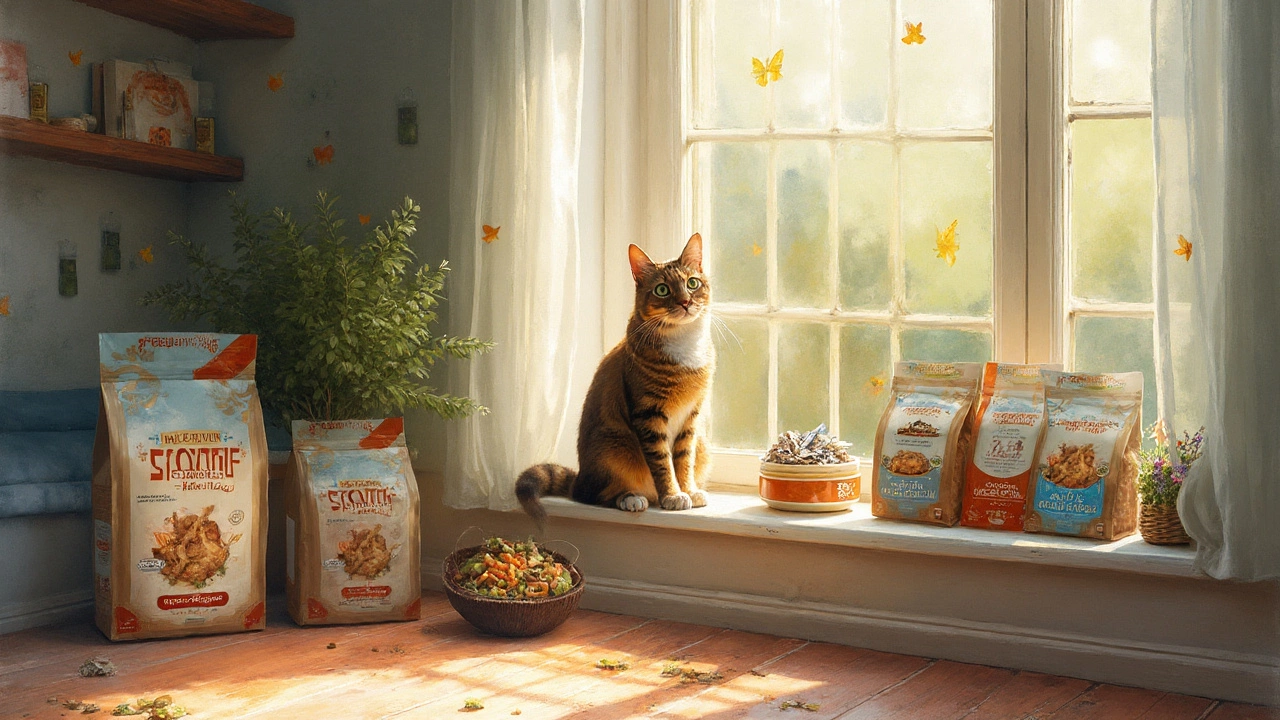Healthiest Cat Food for Indoor Cats – What to Look For
If your cat spends most of its life inside, its diet needs a few extra tweaks. Indoor cats don’t burn as many calories as outdoor hunters, so they can gain weight quickly. That means you should pick food that’s high in protein, low to moderate in calories, and packed with the nutrients they can’t make on their own.
Start by checking the guaranteed analysis on the bag. Look for at least 30% protein and 10% fat, with fiber around 2-4% to help with hairball control. Moisture matters too – wet food or a mix of wet and dry keeps them hydrated because indoor cats often don’t drink enough water.
Key Nutrients Every Indoor Cat Needs
Taurine is a must. It supports heart health and vision, and indoor cats can lose it faster because they’re less active. Also keep an eye on omega‑3 fatty acids; they smooth the skin, reduce shedding, and help with joint health. Vitamins A and E protect against eye issues and immune problems that can arise from less sunlight exposure.
Fiber isn’t just for the humans. A bit of natural fiber from beet pulp or pumpkin helps move hair through the gut and cuts down on hairball incidents. If your cat is prone to weight gain, choose a formula with around 80‑90 kcal per 100 g and consider portion‑controlled kibble.
Top Indoor Cat Food Brands in 2025
Here are a few brands that consistently hit the marks for indoor cats:
- Royal Canin Indoor – Low‑calorie, high‑protein kibble with added L‑carnitine for weight management.
- Hill’s Science Diet Indoor – Balanced fibre and prebiotic blend to aid digestion and control hairballs.
- Purina ONE Indoor Advantage – Real chicken as the first ingredient, plus omega‑6 for a shiny coat.
- Orijen Cat & Kitten – Grain‑free, 40% protein from fresh meat, great for active indoor cats who need extra muscle support.
- Applaws Natural Cat Food – Simple recipe, high moisture, and a good source of taurine.
All of these options meet the basic indoor cat needs, but the best one for you depends on your cat’s age, weight, and any sensitivities. Always start with a small bag to see how they react.
When you’re feeding, remember that consistency beats variety. Stick to the recommended daily amount, adjust based on your cat’s body condition, and split meals into two portions if you can. Adding a splash of water or low‑salt broth to dry kibble can boost moisture without extra calories.
Finally, keep an eye on your cat’s weight every month. A quick visual check or a simple weigh‑in on a kitchen scale will tell you if you need to dial back portions or switch to a lighter formula. With the right food and a few simple habits, your indoor cat can stay fit, happy, and healthy for years to come.
Healthiest Cat Food for Indoor Cats: Top Picks and Nutrition Tips
Wondering what the healthiest cat food for indoor cats is? This guide breaks down what makes the best diet, ingredients to look for, and expert tips for happy, healthy felines.
